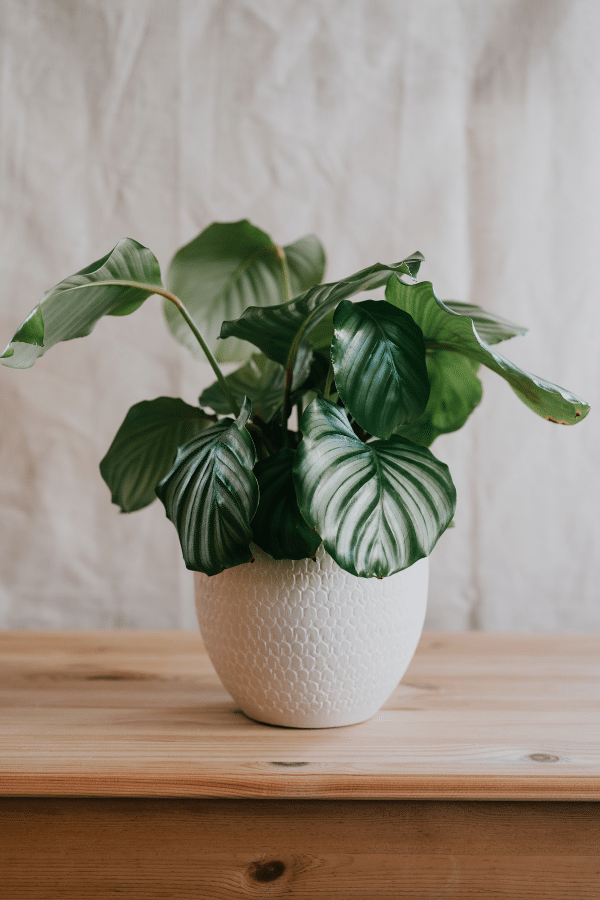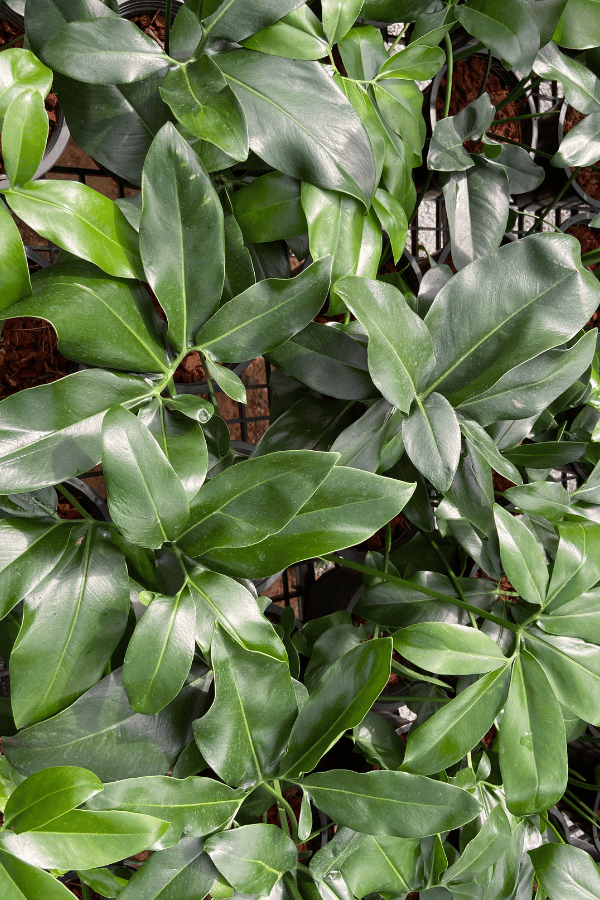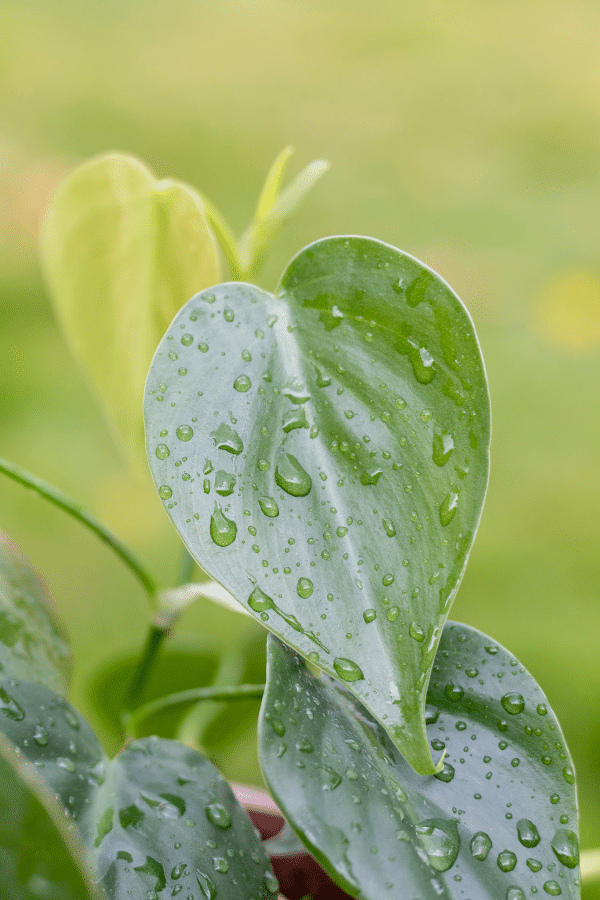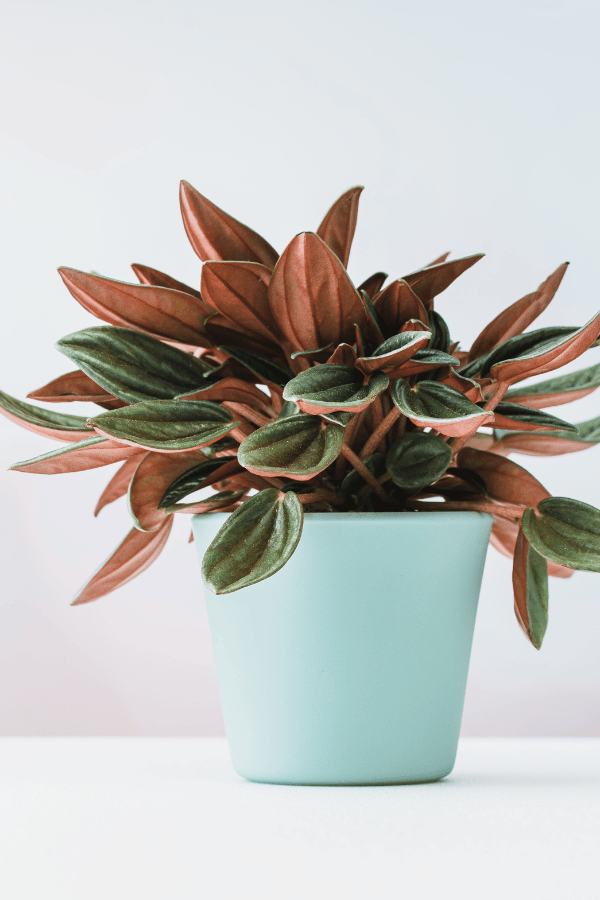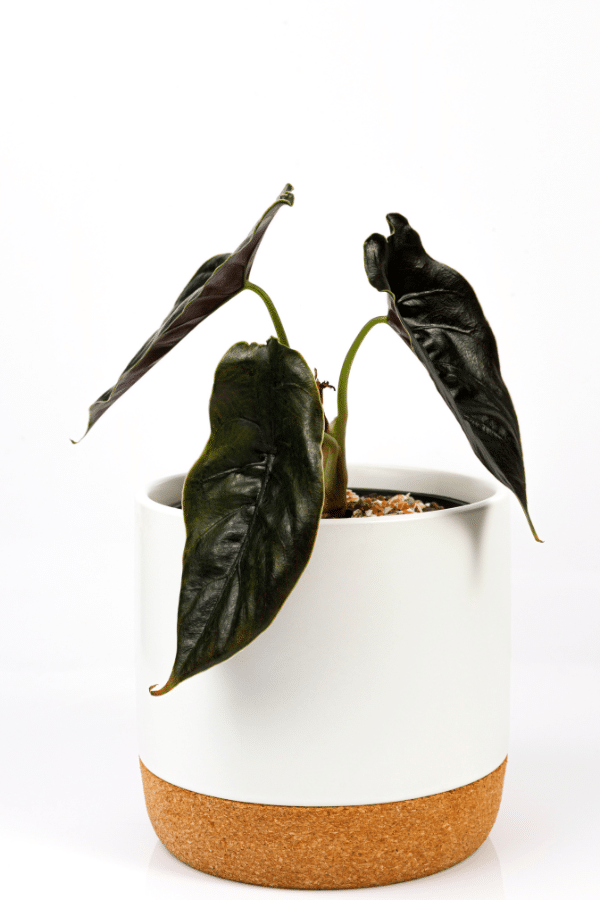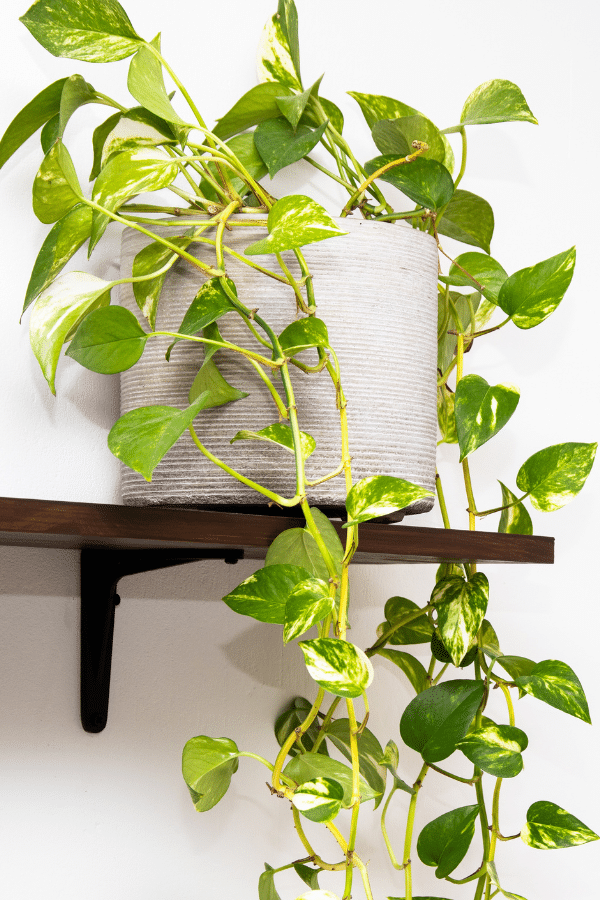Pilea Glauca
Pilea Glauca care is an easy Pilea to grow and care for as long as you can provide it with enough water, light, and humidity. If you are looking for a compact plant in size or one you can put in a terrarium, a Pilea Glauca plant may be for you.
To give this Pilea plant the best care, it requires well-draining soil, water the plant when the top two inches of the soil is dry, provide it with bright indirect sunlight, temperatures ranging from 65-75F, and high humidity levels.
Quick Care Overview
| Common Name | Silver Sparkle |
| Scientific Name | Pilea Glauca |
| Family | Urticaceae |
| Origin | Central America |
| Growth Rate | Medium |
| Identification | Long thin leaves that drape over the trunk |
| Height | Up to 3 feet in length |
| Soil | Well-draining soil |
| Water | Water when the top two inches of soil is dry |
| Temperature | 65-75F |
| Sunlight | Bright indirect sunlight |
| Toxic to Cats & Dogs | No |
| Toxic to Humans | No |
| Pests | Mealybugs, fungus gnats, spider mites, aphids, scale |
| Diseases | Botrytis, blight |
Below we will dive deep into this Pilea Glauca care guide.

Pilea Glauca History
Pilea Glauca, often called Aquamarine, Silver Sparkle Pilea, or Grey Baby Tears is a gorgeous, uncommon indoor houseplant from Central America that is sure to attract some attention. This evergreen succulent has blue-gray small oval foliage attached to red stems that appears to shimmer under light. While naturally grown as a ground cover, this creeping succulent looks wonderful when grown in hanging pots where its foliage is allowed to cascade down. This plant is also gone by Pilea Glaucophylla or Pilea Libanensis.
Pilea Glauca Identification
Pilea Glauca can be identified by its trailing growth habit with an abundance of tiny, silver-tinged foliage growing from red stems.
Pilea Glauca Growth Facts
Pilea Silver Sparkle is a fast-growing plant that looks wonderful when growing in a hanging basket.
How Big Does a Pilea Glauca Get?
Pilea Glauca can grow up to 3 feet in length.
Pilea Glauca Care
Pilea Glauca is very easy to care for and is a wonderful choice for beginning houseplant collectors.
Pilea Glauca Soil
Pilea Glauca is not overly picky about its soil mix, as long as it is well-draining and airy. A quality commercial potting mix with incorporations of perlite will be perfect for this plant.
Pilea Glauca Fertilizer
Pilea Glauca will grow at its best if provided a monthly feeding from a liquid fertilizer. Ensure that you follow all label instructions and do not overfeed. Fertilization should be halted in the winter.
Pilea Glauca Watering
As Pilea Aquamarine is a succulent, it is able to withhold water inside of its fleshy foliage. This plant is susceptible to overwatering. Allow the soil to dry 2-3 inches before rewatering, and never allow this plant to sit in excess drainage water within the plant container’s drainage tray. Depending on growing conditions, you will likely need to water your Pilea 1-2x a week in the warm months of spring and summer. Water frequency may be reduced in winter. You will know it is time to rewater your plant when foliage begins to droop and loses its shine.
When watering, be sure to use a relatively high water quality such as from distilled water or rainwater, as this plant is very sensitive to chemicals in tap water such as chlorine
Pilea Glauca Light Requirements
Pilea Glauca will do best if kept in bright indirect light. Direct sunlight may easily lead to foliage scorching of this plant. Additionally, you will want to rotate your plants to achieve uniform growth, as this plant has a tendency to lean towards the sun. Pilea Glauca can tolerate a few hours of direct sunlight such as morning sun from an east-facing window, but will prefer being kept in indirect sunlight. Alternatively, your Pilea may be grown in low light conditions, but this will lead to leggy, dark growth.
Pilea Glauca Temperature & Humidity
As a tropical plant, this Pilea will thrive in warm, humid conditions. Ideally, your Pilea Glauca will prefer to be kept between 65-75 degrees Fahrenheit. You should never expose your Pilea to temperatures below 50 degrees Fahrenheit, as this may cause permanent damage. Finally, your Pilea will thrive if given additional humidity. While it will tolerate average indoor humidity, investing in a humidifier or adding a pebble tray is a great way to make your plant happy.
Repotting Pilea Glauca
Pilea Glauca will need to be repotted around every 2-3 years. This plant does not respond well to repotting; oftentimes, refreshing the soil is acceptable. These plants like to remain slightly rootbound. However, if repotting is necessary because roots are sticking out of the topsoil or out of the drainage holes of the container, it is best to repot in spring.
Pilea Glauca Maintenance & Pruning
Pilea Glauca does not require any special pruning. However, using sharp, clean shears, you should periodically remove any discolored, diseased, or dead foliage.
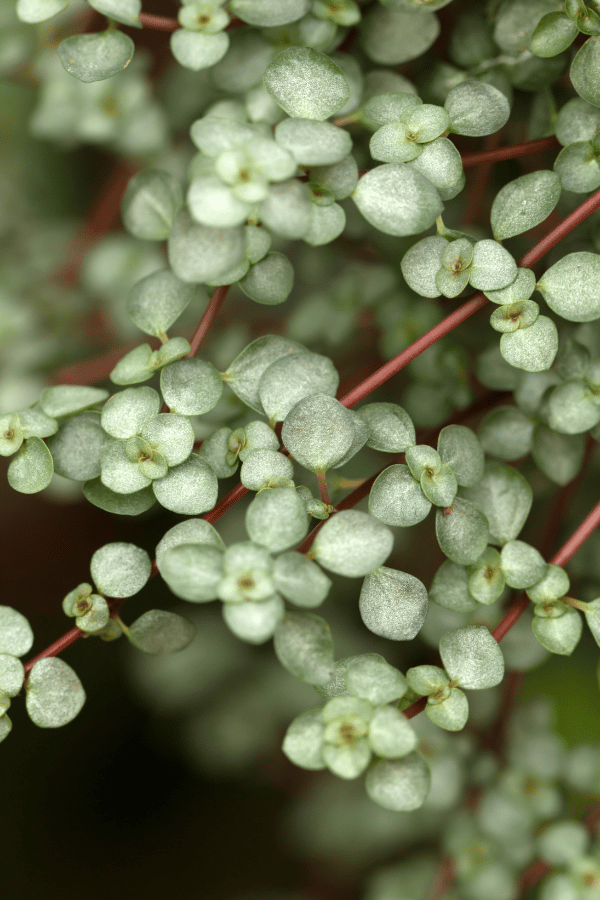
Pilea Glauca Propagation
Pilea Glauca may be easily propagated from stem cuttings. First, select a piece of stem that is a few inches long and has a few leaves. Plant the cutting(s) into soil, water thoroughly, and place in indirect light. New growth should begin within a few weeks.
Pilea Glauca Toxicity
Toxicity to Humans
Luckily, Pilea Glauca is considered non-toxic to humans and is safe to keep around small children and babies.
Toxicity to Cats & Dogs
Pilea Glauca is considered non-toxic to pets. However, you should refrain from allowing your cat or dog to ingest this plant, as it may cause permanent damage to the plant.

Pilea Glauca Problems
Pilea Glauca Leaves Turning Yellow
Yellowing foliage of Pilea Glauca may be caused by overwatering, underwatering, excessive sunlight, or nutrient imbalance.
Pilea Glauca Leaves Turning Brown
When the foliage of your Pilea Glauca turns brown, it is typically due to too much direct sunlight or overwatering.
Pilea Glauca Diseases
Pilea Glauca is not particularly prone to any plant diseases. However, your Pilea may be affected by overwatering, causing issues such as leaf spot and root rot. Additionally, your Pilea can be affected by other fungal problems such as botrytis or blight. Ensure that you do not overwater and that your Pilea has plenty of air circulation. Upon identification of an infestation, isolate your plant and treat it with a pesticide, such as copper. Ensure that you read all label instructions.
Pilea Glauca Pests
Pilea Glauca is often considered pest resistant. However, it is not immune to infestation by pests and may be affected by spider mites, mealybugs, aphids, scale, and more. Upon identification of an infestation, isolate your plant, and treat it with a pesticide, such as neem oil or insecticidal soap.

